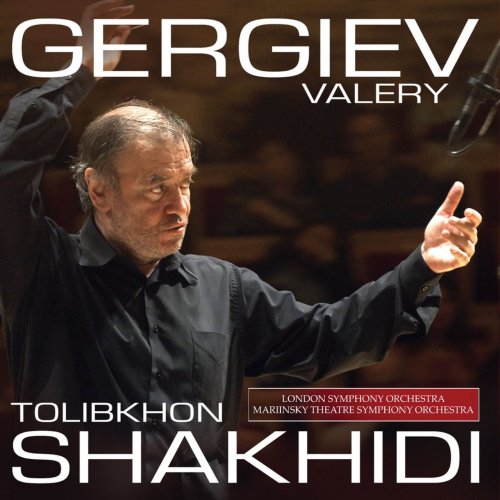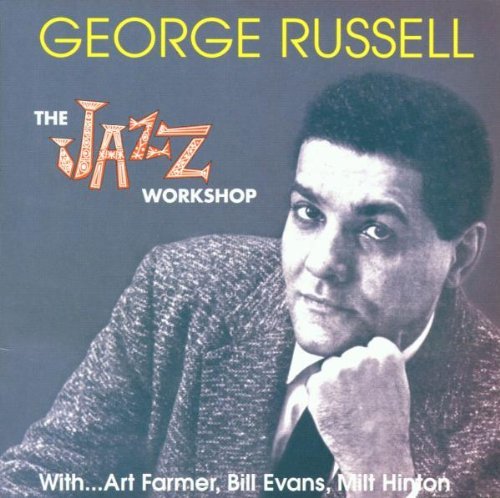Valery Gergiev - Tolibkhon Shakhidi (2012)

Artist: Valery Gergiev
Title: Tolibkhon Shakhidi
Year Of Release: 2012
Label: Melodiya
Genre: Classical
Quality: FLAC (tracks)
Total Time: 59:33
Total Size: 293 Mb
WebSite: Album Preview
Tracklist: Title: Tolibkhon Shakhidi
Year Of Release: 2012
Label: Melodiya
Genre: Classical
Quality: FLAC (tracks)
Total Time: 59:33
Total Size: 293 Mb
WebSite: Album Preview
1. Sado: Symphonic Poem
2. Death of Usurer: Variation of Kori: The Usurer
3. Death of Usurer: Adagio
4. Death of Usurer: Adagio - Due
5. Death of Usurer: Queen of Money and the Kori's Death
6. Siyavush: The Dance of the Youth
7. Rubai Hayam: The Procession of Nobles
8. Rubai Hayam: Sitora's Variation
9. Rubai Hayam: Dark Warriors
10. Concerto for Clarinet and Symphonic Orchestra
11. Darius: Symphonic Picture
12. The March
Performers:
London Symphony Orchestra
Mariinsky Theatre Symphony Orchestra (10-12)
Valery Gergiev, conductor
Tolib-khon Shakhidi is a Tajik composer who trained and began his career under the musical regime of the Soviet Union. His music was occasionally performed and recorded during the Soviet era but really requires modern audio standards to come alive, at least to judge from the percussion-heavy orchestral works recorded here. The involvement of a conductor of Valery Gergiev's stature (and of the top-rank London Symphony Orchestra and Mariinsky Theatre Symphony Orchestra) apparently resulted from sheer enthusiasm on the part of the conductor, who grew up in central Asian Ossetia. The works here span Shakhidi's entire career; the excerpted ballet Death of Ursurer, composed in 1978, is among his earliest works, while the Clarinet Concerto was newly composed in 2010 for Russian soloist Igor Fedorov. The earlier works on the program are likely to inspire Western listeners to say that they didn't know such music--broad, splashy, nationalistic, with ambitions toward transcendence--was still being written in the late 20th century. Think Khachaturian on steroids, with some really thrilling percussion-and-brass writing that Gergiev reproduces expertly. To an outside hearer it seems that the Tajik component of the music, unusually, is more rhythmic than melodic/modal. Large as the spatial dimensions of the music may be, the orchestral pieces, even the two works designated as symphonic poem or symphonic picture, aren't long, and they benefit from their explosive compactness. The most interesting work may be the sharp, angular clarinet concerto, which is recognizably the work of the same composer but has a more modern harmonic idiom. The album as a whole is a great deal of fun and can be recommended for anyone with an interest in the long line of Russian-Asian fusions running down to the present day.

![Pops Juarez - Ensueno Electrico (Estudio) (2026) [Hi-Res] Pops Juarez - Ensueno Electrico (Estudio) (2026) [Hi-Res]](https://www.dibpic.com/uploads/posts/2026-01/1768739021_cover.jpg)





![Enrico Pieranunzi, Orchestra i Pomeriggi Musicali & Michele Corcella - Improclassica (2026) [Hi-Res] Enrico Pieranunzi, Orchestra i Pomeriggi Musicali & Michele Corcella - Improclassica (2026) [Hi-Res]](https://www.dibpic.com/uploads/posts/2026-01/1768381306_glelgvcvvilia_600.jpg)
